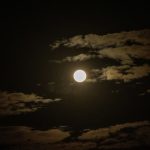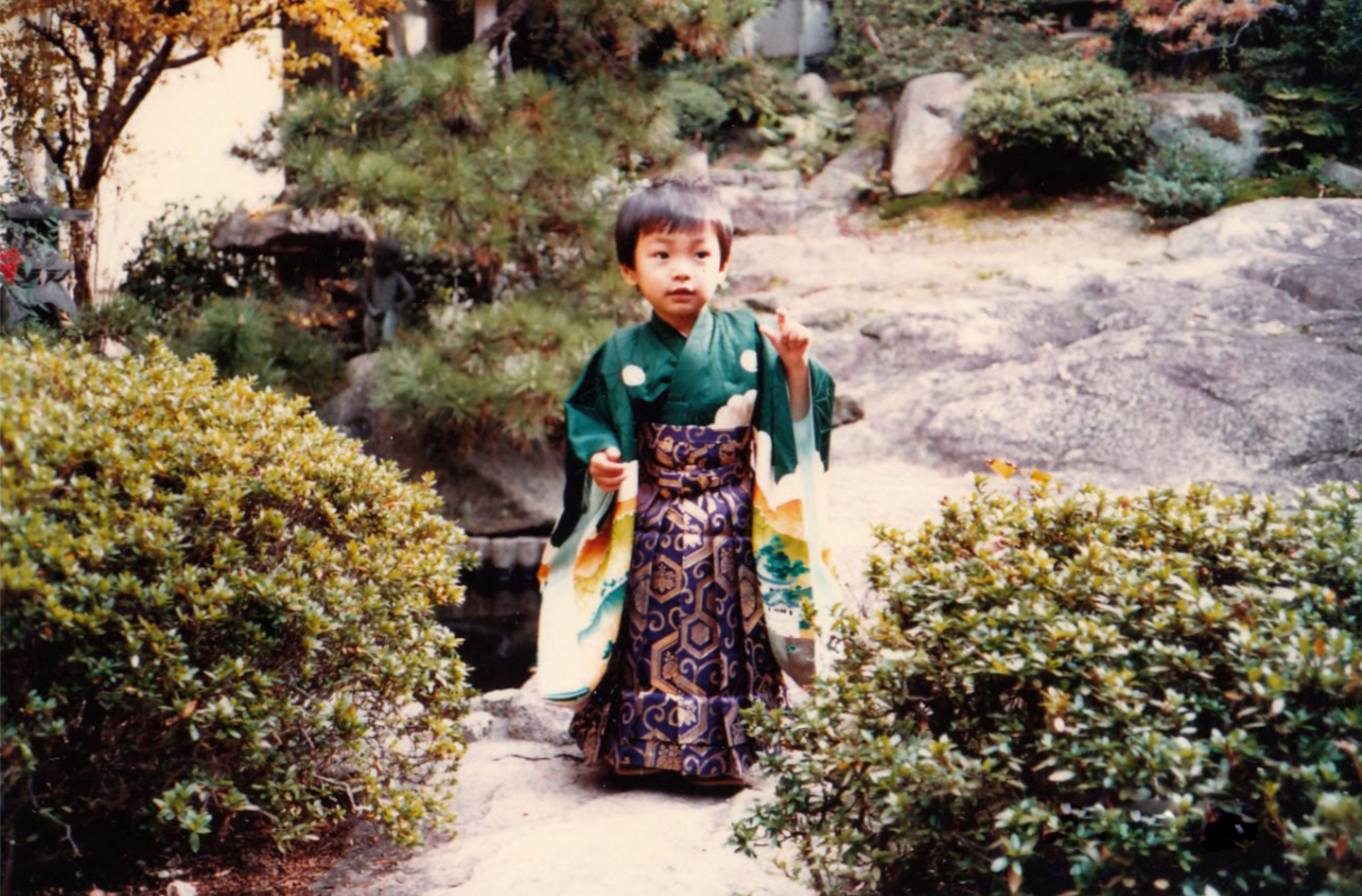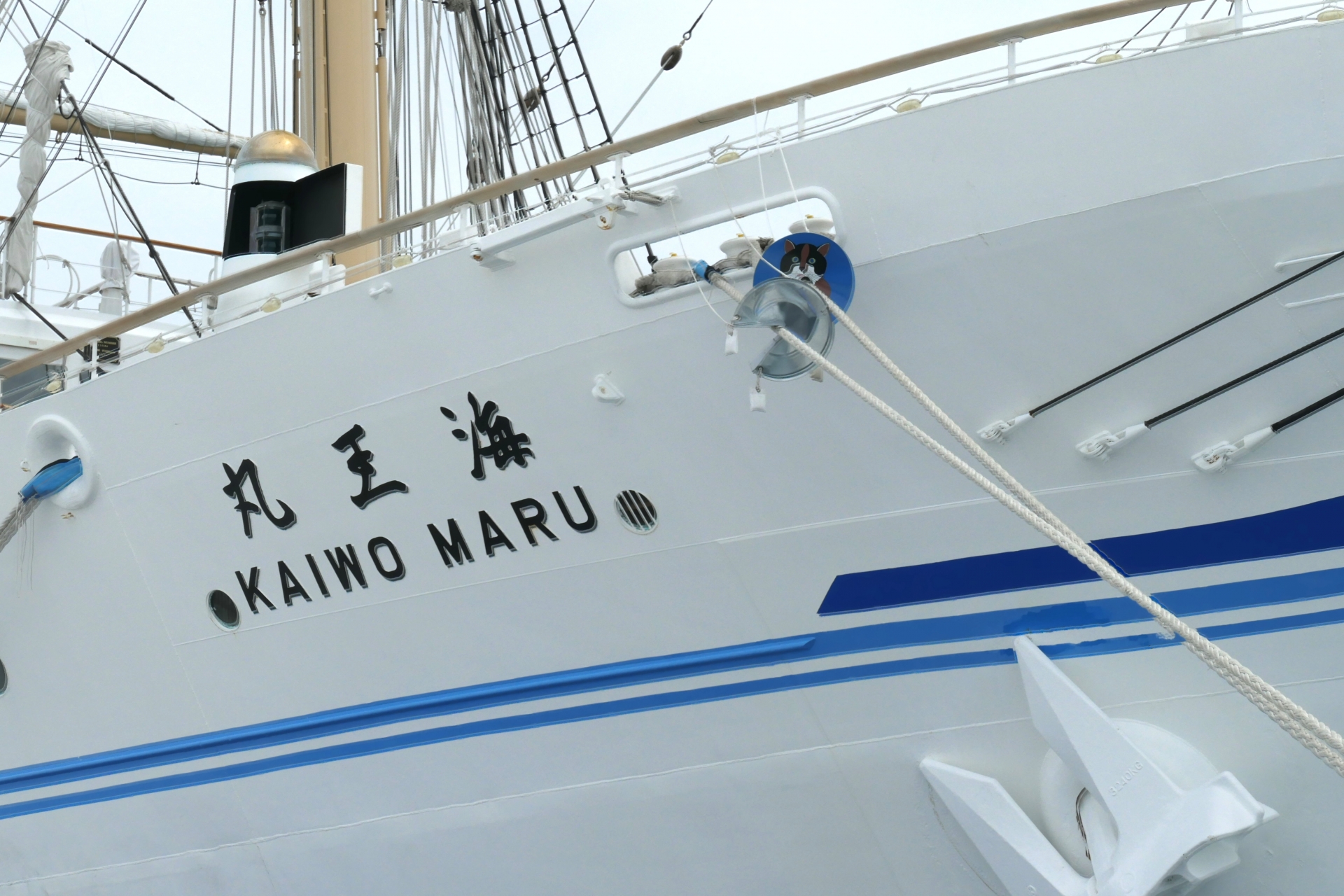Why do Japanese ships have “maru” affixed to their names? (2)
“Maru” Is a Symbol of Perfection
日本語は英語の下にございます。/ Japanese translation is below the English text.
This is the second of the five posts on: Why do Japanese ships have “maru” affixed to their names?:
=> (1) The Maru Ship: Japanese Ship Names Often End With “Maru”
(2) “Maru” is a Symbol of Perfection
=> (3) “Maru” in the Names of Other Things
=> (4) How To Fend Off Demons From Your Baby
=> (5) Modern Japanese Ship Names and “Maru”
"MARU" IS A SYMBOL OF PERFECTION Contents 1. “Maru” means a circle and is a symbol of perfection 2. An image of the sun 3. Derivatives of “maru” 4. The Chinese way of saying “maru” 5. A successful voyage
1) “Maru” means a circle and a symbol of perfection
In Japanese, the word “maru” has very good meanings.
First, it means a circle, and since it’s associated with the full moon and the sun, it is the symbol of perfection.
For example, the following poem shows that the full moon embodied the author’s situation where his every desire was fulfilled.
Kono yo o ba waga yo to zo omou mochizuki no kaketaru koto mo nashi to omoeba
(This world is entirely my own, since just like the full moon there’s nothing missing in it!)
by Fujiwara no Michinaga
It was 1018 that Fujiwara no Michinaga, an aristocrat-statesman sang this famous poem at a party. He just had his third daughter, after the first and the second, enter the imperial court as a consort of an emperor. Now he was the emperors’ father-in-law triple fold and had political influence more than anyone else.
2) An image of the sun
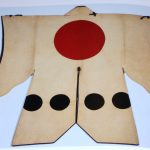
In more ancient Japan, some people believed in the sun god.
Among them were powerful tribes who worshipped round, bronze mirrors which looked like the sun when they reflected light.
As time went by, the round bronze mirror remained very important; it is actually one of the three treasures that the Japanese imperial family has handed down over generations as proofs of their legitimacy. (The other two treasures are a sword and a jade called “maga-tama’).
The Japanese national flag shows a red round shape on white background. At the end of the Edo Era, the government decided that all Japanese ships hoist a flag with this design called “nissho” (the sun design). This design was not new. Before it thus represented the country, it had been popular in Japan for centuries for its auspicious image.
3) Derivatives of “maru”
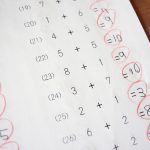
Since “maru” means a circle or a round shape, it has several derivatives with good connotation.
For example, “marui” is an adjective meaning round. “Maruku” is an adverb meaning roundly or amicably. And another adjective, “maroyaka” means mellow (not edgy such as too salty, spicy, bitter or sour), of taste of food.
These words are used in such idioms as “hitogara ga marui (gentle, of a person’s character)”, “momegoto o maruku osameru (a dispute gets settled amicably)”, and “maroyaka na aji (mellow taste, of food).
4. The Chinese way of saying “maru”
“Maru” can be rephrased as “en”, a Chinese-oriented word.
“En” is spelled “円” with a Chinese character and we use it in many idioms. “円”, as well as “maru”, is a symbol of perfection, and here are some examples:
- 家庭円満 (pronounced katei-enman, happy family)
- 夫婦円満 (huuhu-enman, happy husband and wife)
- 円熟 (enjuku, mature, ripe and rich, speaking of a skill of an artist, etc.)
- 大団円 (daidan’en, the full circle in a theater play).
5. A successful voyage
In search of the reason why many Japanese ships have “maru” at the end of their names, some think that “maru” could indicate a circle-shaped route. Even if it’s not literally circle, it can indicate a successful trip in which a ship safely returns to the original point as if it traces a complete circle.
Therefore, according to them, the “maru” is a suffix to wish for successful voyages.
★ Please continue reading: => “Maru” in the names of other things
[End of English post]
なぜ日本の船名には「まる」が付くのか?(2)
「まる」は「完全」の象徴
今までのお話はこちら:
=>「マル・シップ」〜日本の船名に「まる」がついていること
もくじ 1. 「まる」は円の形、かつ完全の象徴 2. 太陽のイメージ 3. 「まる」の派生語 4. 中国語式に「まる」を言うと 5. 航海の成功
1. 「まる」は円の形、かつ完全の象徴
日本語では、「まる」はいい意味の言葉です。
まず、円のかたちを表し、満月や太陽を連想させるので、完全を象徴します。
例えば、下記の詩では、作者の望みがすべて叶った時点で、自分の状況は欠けるところのない満月のようであると述べています。
この世をば我が世とぞ思ふ望月のかけたることもなしと思へば
藤原道長
藤原道長は貴族の政治家です。道長がこの歌を詠んだのは1018年、三人目の娘を、長女、次女に続いて、天皇の妻の座につけた祝いの席でのことでした。当時、三重に天皇たちの義父となった自分の勢力に及ぶ者はなかったのです。
2. 太陽のイメージ
もっと古い時代、日本には太陽を信仰する人々がいました。
その中でも勢力のあった部族は円形の銅鏡を神聖なものとしていました。銅鏡は、光を反射すると太陽のように見えるのです。
時代はくだっても、丸い銅鏡は大変重要なものでした。天皇家の正当性を示す三つの宝物の一つは、丸い銅鏡なのです。(あと二つは、剣と、勾玉と呼ばれる宝玉です)
日本の国旗は赤い丸い形が白地に染め抜かれたものです。江戸時代の終わりに、幕府は日本の船はこの「日章(太陽のデザイン)」と呼ばれる意匠の旗を掲げなければならないと決めました。でも、このデザインは新しいものではありませんでした。国を表すのでなく、幸運のシンボルとして、何世紀も使われていたのです。
3. 「まる」の派生語
「まる」は円形や丸い形を表すので、良い意味の派生語もいくつかあります。
例えば、形容詞の「まるい」、副詞の「まるく」、別の形容詞で「まろやか」。
これらの言葉は「人柄がまるい」「もめごとを丸く収める」「まろやかな味」などの熟語にもなっています。
4. 中国語式に「まる」を言うと
「まる」は、中国語式には、「えん」とも言えます。
「えん」は漢字で「円」と書きます。「円」は「まる」と同じように、完全の象徴で、家庭円満、夫婦円満、円熟、大団円などいろいろな熟語に使われます。
5. 航海の成功
日本の多くの船の名になぜ「まる」が付いているのかという疑問に対して、「まる」が航路の描く円を表すという説があります。実際には円形でなくても、全円の形をなぞるように無事に起点へ帰ってくる、幸運な航海を表すと。
これによれば、「まる」は、航海の完全な成功を祈ってつけられた接尾語ということになります。
★ 続きはこちら => 他のものについた「まる」について
[和文部終わり]
